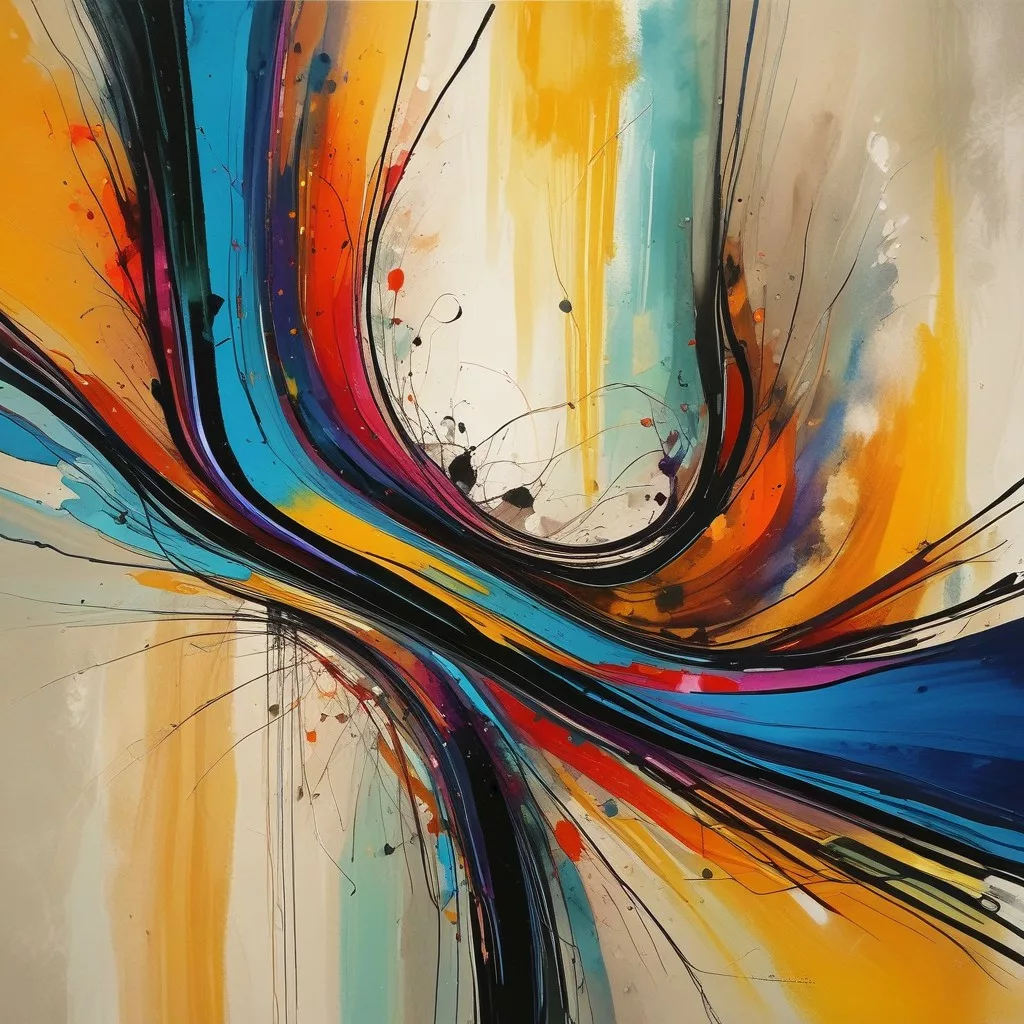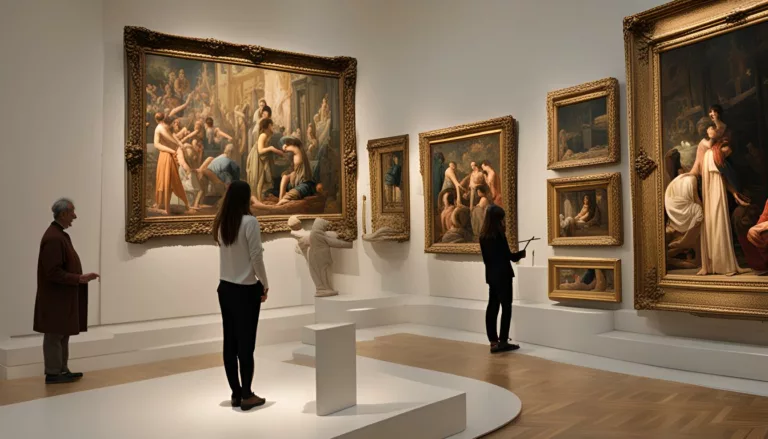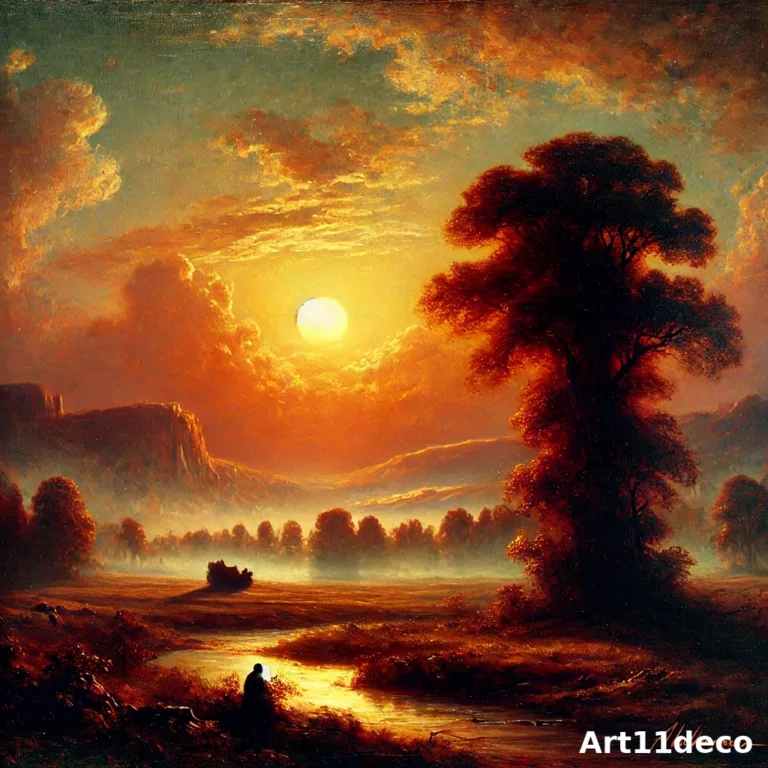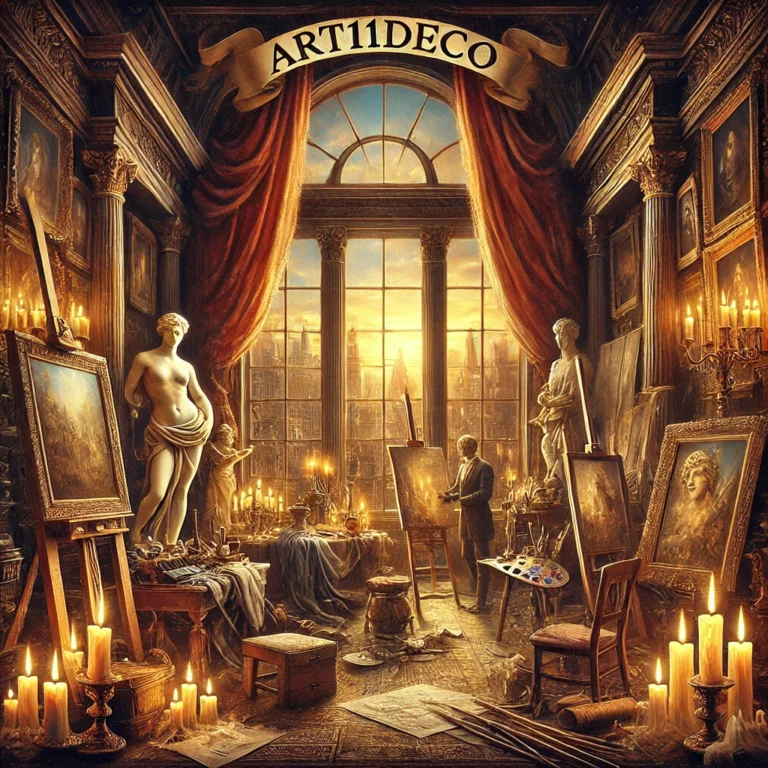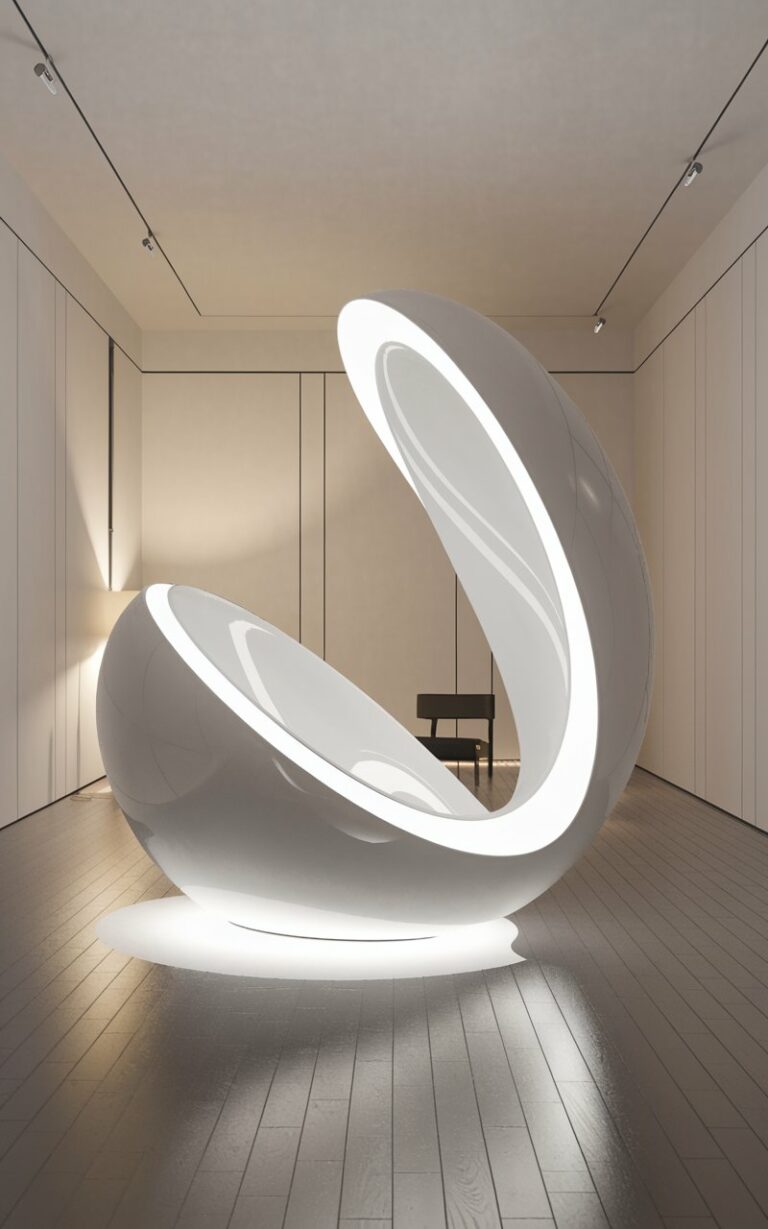Abstract Art: A Journey Beyond Reality
Abstract art is one of the most profound and revolutionary movements in the history of visual expression. Unlike traditional art, which seeks to depict recognizable objects, abstract art breaks free from the constraints of realism, focusing instead on color, form, composition, and emotional impact. It challenges viewers to see beyond the familiar and engage with art in a deeply personal and interpretive way.
Since its emergence in the early 20th century, abstract art has evolved into various styles and movements, influencing countless artists and reshaping the art world. In this article, we will explore the origins, key characteristics, major artists, and the lasting impact of abstract art.
The Origins of Abstract Art
Breaking Away from Realism
Before the 20th century, most artists were expected to depict reality with precision. However, with the advent of photography in the 19th century, the necessity of realistic representation in painting diminished. This allowed artists to experiment with new ways of expressing their ideas and emotions.
Movements like Impressionism, Post-Impressionism, and Cubism paved the way for abstraction by emphasizing color, light, and geometric forms rather than precise details. Artists such as Paul Cézanne and Vincent van Gogh moved towards a more expressive and less literal approach to painting, setting the stage for abstract art.
The Birth of Pure Abstraction
The first fully abstract artworks emerged in the early 1900s. Russian artist Wassily Kandinsky is often credited as the pioneer of pure abstraction. His 1910 painting Composition VII abandoned recognizable forms and instead used color and shapes to convey emotion and movement. Kandinsky believed that art should evoke feelings in the same way that music does, without needing to represent the physical world.
Other artists, such as Kazimir Malevich and Piet Mondrian, also played crucial roles in developing abstract art. Malevich’s Black Square (1915) reduced painting to its most basic elements, while Mondrian’s use of geometric shapes and primary colors in works like Composition with Red, Blue, and Yellow (1930) created a new visual language.
Key Characteristics of Abstract Art
Abstract art encompasses a wide range of styles and techniques, but several key characteristics define the movement:
1. Absence of Recognizable Objects
Unlike traditional art, abstract art does not attempt to depict people, landscapes, or objects. Instead, it focuses on colors, lines, and forms that exist independently of the real world.
2. Emphasis on Emotion and Expression
Abstract artists often seek to express emotions, ideas, or concepts rather than physical reality. The viewer’s interpretation becomes an essential part of the artistic experience.
3. Experimentation with Color and Form
Abstract art is known for its bold use of color, unusual compositions, and non-traditional techniques. Artists play with texture, shape, and space to create unique visual experiences.
4. Freedom and Individuality
One of the most significant aspects of abstract art is its emphasis on personal expression. Unlike academic art, which follows strict rules, abstract art allows artists to explore their own visions without limitations.
Major Movements in Abstract Art
1. Abstract Expressionism (1940s–1950s)
Originating in the United States, Abstract Expressionism was one of the most influential movements in modern art. Artists such as Jackson Pollock, Mark Rothko, and Willem de Kooning used large canvases, spontaneous techniques, and expressive brushstrokes to convey deep emotions.
- Jackson Pollock developed the famous “drip painting” technique, where he poured and splattered paint onto a canvas. His works, like No. 5, 1948, emphasized movement and energy.
- Mark Rothko created large color field paintings, using soft-edged blocks of color to evoke contemplation and emotion. His works, such as Orange and Yellow (1956), create a meditative experience for the viewer.
2. Geometric Abstraction
This style focuses on mathematical precision and harmony in art. Piet Mondrian was a key figure, creating compositions using grids, straight lines, and primary colors. His work sought to achieve a balance between order and chaos.
3. Minimalism (1960s–1970s)
Minimalism took abstraction to its simplest form, removing all unnecessary details. Artists like Frank Stella and Donald Judd created works that emphasized pure form and color, eliminating personal expression and focusing on the material itself.
4. Op Art (Optical Art)
Artists such as Victor Vasarely and Bridget Riley explored the effects of optical illusions, using geometric patterns and contrasting colors to create a sense of movement and depth in their paintings.
Famous Abstract Artists and Their Contributions
1. Wassily Kandinsky (1866–1944)
- Considered the father of abstract art, Kandinsky believed that art should be a spiritual experience. His works, such as Composition VIII (1923), use color and shape to create a visual symphony.
2. Kazimir Malevich (1879–1935)
- A pioneer of Suprematism, Malevich sought to reduce art to its purest form. His work Black Square (1915) was a radical departure from traditional painting.
3. Piet Mondrian (1872–1944)
- Developed Neoplasticism, a style based on pure abstraction using vertical and horizontal lines with primary colors. His works aimed to create a universal harmony.
4. Jackson Pollock (1912–1956)
- Revolutionized painting with his drip technique, creating dynamic and energetic compositions that redefined artistic expression.
5. Mark Rothko (1903–1970)
- Created large color field paintings that invite deep emotional and spiritual reflection.
The Influence of Abstract Art on Modern Culture
Abstract art has had a lasting impact on various fields, including:
- Interior Design: Abstract art influences modern architecture, furniture design, and home decor, promoting minimalism and creative expression.
- Graphic Design: Many designers use abstract principles in branding, logo creation, and digital media.
- Fashion: Abstract patterns and color-blocking techniques are widely used in clothing and textiles.
- Film and Music: Abstract concepts influence cinematography, album covers, and stage designs, inspiring experimental and avant-garde approaches.
Why Abstract Art Matters
Abstract art challenges our perception of reality and invites us to think beyond the obvious. It allows for personal interpretation, making each viewer’s experience unique. Unlike traditional art, which often tells a clear story, abstract art creates an open dialogue between the artist and the audience, fostering creativity and imagination.
In a world filled with structured and predictable experiences, abstract art reminds us of the beauty of the unknown and the power of free expression
Abstract art represents one of the most significant artistic revolutions in history. By moving beyond representation and embracing color, form, and emotion, it has transformed the way we see and experience art. From the early experiments of Kandinsky and Malevich to the bold expressions of Pollock and Rothko, abstract art continues to inspire and challenge artists and audiences alike.
As we look to the future, abstract art remains a vital and evolving force, proving that creativity has no boundaries. Whether in galleries, public spaces, or digital media, abstraction continues to redefine the language of visual art, encouraging us to see the world through a new and imaginative lens.
Art11deco

